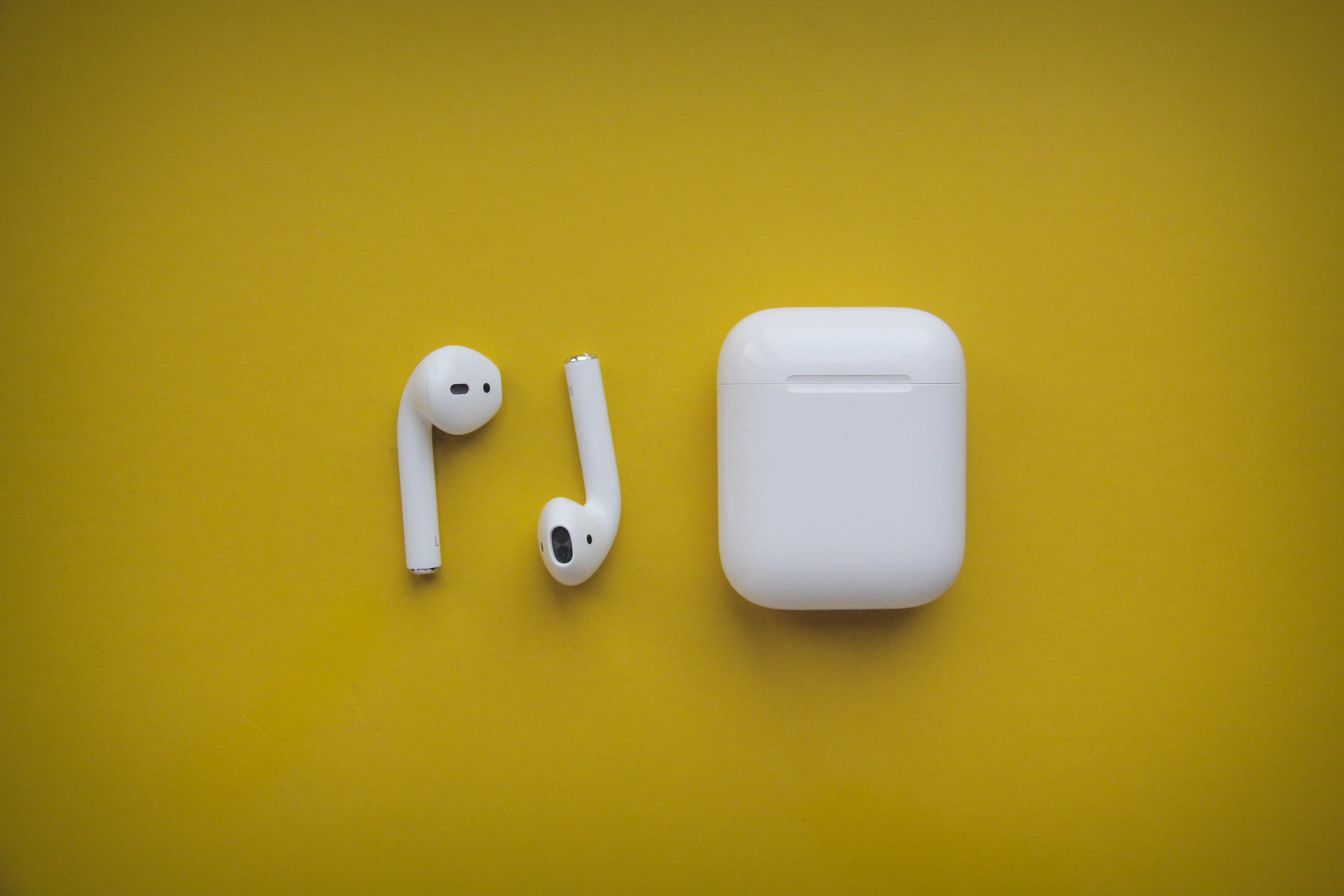If you are experiencing issues with your AirPods, such as poor audio, inability to connect to your device, connectivity drops, or other issues, resetting your AirPods’ firmware can help. Resetting your AirPods is a great way to improve your AirPods’ performance. Read on to learn how to reset your AirPods easily.
When to Consider a Firmware Reset for AirPods
An AirPods reset can offer benefits such as improved performance. If you are experiencing sound problems, connectivity issues, muffled audio, microphone issues, unresponsive controls, or difficulty connecting to devices, resetting your AirPods is a great way to fix many of these problems. It will reset your AirPods to their factory settings.
Understanding Firmware on AirPods
Firmware is a term that refers to software that is embedded on a small device and which you can not usually change yourself. Software is a broader term that also refers to software you can download from the internet or install from an external drive.
AirPods, like other electronic devices, have firmware. It’s called firmware because it’s “firm” – in other words, it is read-only, and it is permanently embedded on the device.
Of course, firmware sometimes needs to be updated. The good news is that AirPods firmware update automatically to the latest versions when they are charging and in Bluetooth range of your iPhone, iPad, or Mac that is connected to Wi-Fi.
How to Check Your Current AirPods Firmware Version
You can check your AirPods’ firmware on your iPhone, iPad, or Mac. On your iPhone or iPad, go to Settings > Bluetooth, find your AirPods, and click on the info icon next to them. The firmware version will be listed in the About section.
On a Mac, go to the Apple menu > System Information (press the Option key to reveal System Information) > Bluetooth. The firmware version will be listed under your AirPods.
A list of the latest AirPods software versions can be found here.
Step-by-Step Guide to Resetting AirPods Firmware
While there is no way to reset the firmware specifically, you can perform a general factory reset on your AirPods that will return them to factory settings. Here is how to reset your AirPods.
If you have an AirPods 1, AirPods 2, AirPods 3, or AirPods Pro, follow these steps:
- Put the AirPods in the case and close the lid.
- Wait 30 seconds and open the lid.
- Press and hold the setup button on the back of the case for 15 seconds until the status light flashes amber and white.
If you have an AirPods 4, follow these steps:
- Put the AirPods in the case and close the lid.
- Wait 30 seconds and open the lid.
- Double tap the front of the case three times until the status light flashes amber and white.
If you have an AirPods Max, follow these steps:
- On the right AirPod, press and hold both the Digital Crown and the noise control button at the same time.
- Keep holding them for 15 seconds until the status light flashes white.
Reconnecting AirPods After a Firmware Reset
Reconnecting your AirPods after a reset is fairly easy. Your AirPods should be in their charging case. Open the charging case and hold it next to your phone. An animation will appear. Press on Connect to pair your AirPods again. Follow the on-screen instructions to complete the connection.
Common Issues Resolved by a Firmware Reset
An AirPods reset can fix many AirPods issues, such as:
- AirPods sound quality
- Poor connection or connectivity drops
- Inability to pair automatically with your iPhone
- Muffled sound
- Microphone malfunctions
It can also improve your AirPods’ battery life in some cases.
Note, however, that a reset will NOT remove Activation Lock. The owner of the AirPods must remove the AirPods from their devices in Find My for Activation Lock to be removed.
How to Enable Automatic Firmware Updates on AirPods
There’s no need to manually enable AirPods firmware updates. Automatic updates will ensure your AirPods are updated. Just make sure your AirPods are charging in their case and in proximity to your iPhone, iPad, or Mac from time to time. Your iPhone, iPad, or Mac should also be connected to Wi-Fi.
Conclusion
To summarize, it’s sometimes a good idea to reset your AirPods for better performance. It will optimize your AirPods’ functionality and fix common recurring problems like poor connectivity or muffled audio. We hope it helps!








